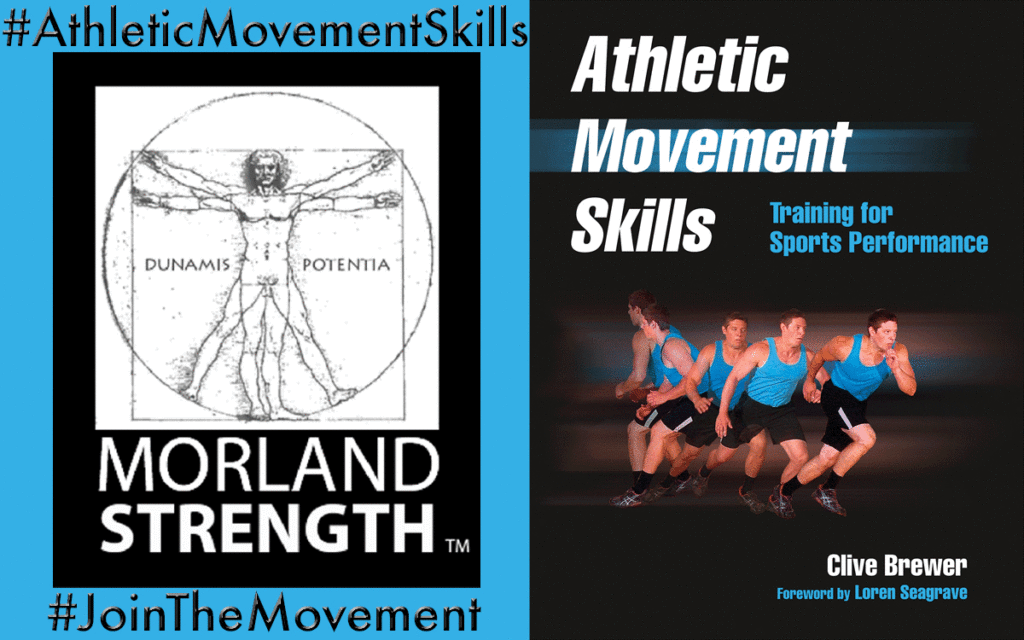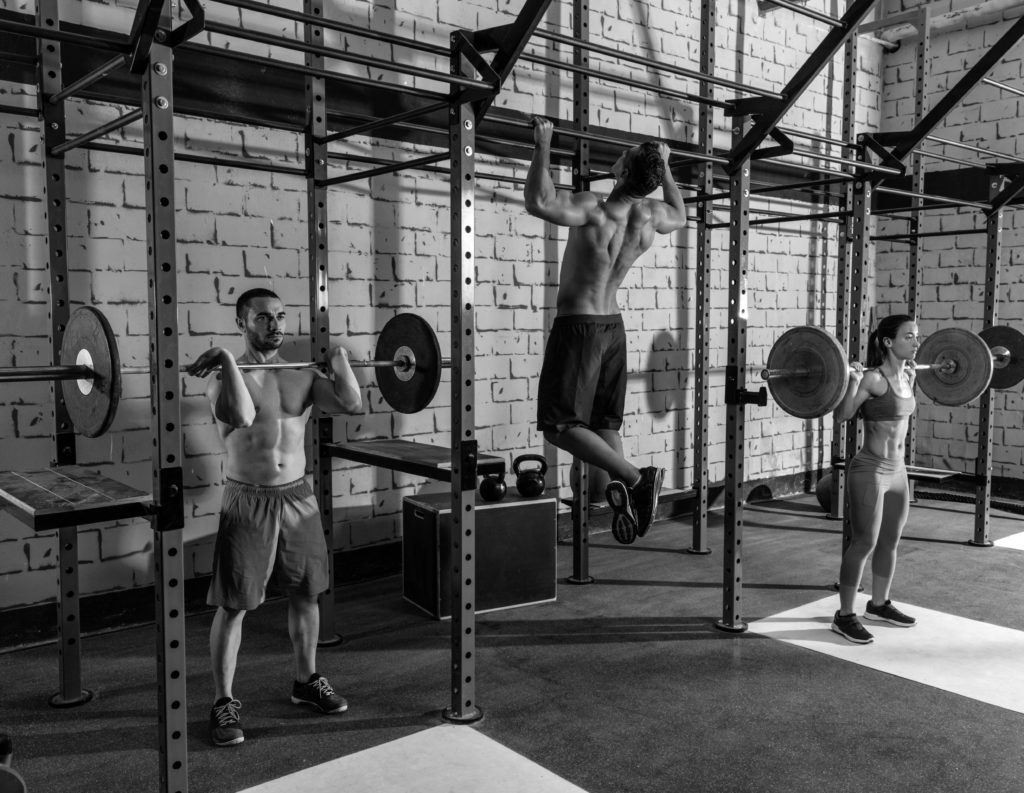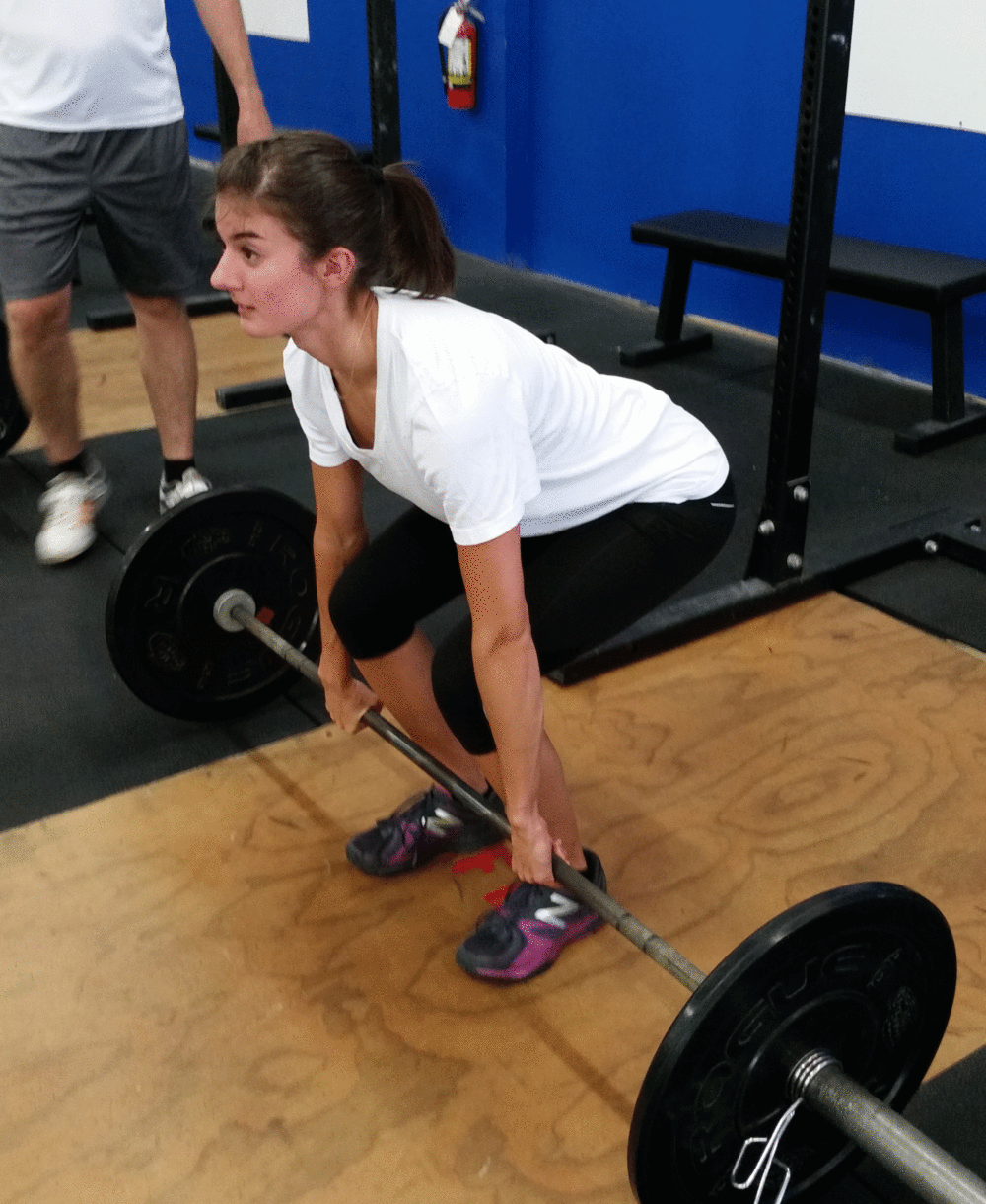
Chapter 7, Designing a Progressive Curriculum: Considerations of Movement Skill Learning and Physio-Mechanical Training, contains several gems of wisdom that can help coaches become better with their teams even before they put pen to paper (…or stylus to tablet…). It shows how to start using what we’ve learned in the first half of the book to program effectively. This week, I will not summarize the chapter; if you have not bought the book already, PLEASE DO! What I would like to do this week is touch on three personal highlights within the chapter.
The first is my new understanding of the goal of our programming. Clive has repeated throughout the first half of the book that:
Sport is a problem-solving activity; the athlete must make decisions as to how to move their body in a specific context to accomplish a goal.
Reading chapter seven helped me to realize that we, as coaches, have the opportunity to prepare our athletes to make those decisions! What I am getting at is that our programming needs to prepare the athlete on neuromuscular and skeletomuscular levels. How many times has an athlete performed a great box drop during training, but then proceeds to land incorrectly in sport performance?
There is a small gap between doing an exercise for “weight training” and applying that exercise as a concept to sport, and it is our responsibility as coaches to fill it. Clive’s sections on Repetition and Variation and Game-based Training speak well to this point.

I am going to move to my next highlight because it also relates to the Repetition and Variation section (among others). Programming really is a happy medium between two theories. For example, practice can be varied by blocking (sometimes called “chunking”) skills or by randomizing them. Neither is better than the other, but they each have a different effect on how the athlete learns a skill.
BLOCKING skills is great for initial short-term learning, while RANDOMIZING helps the athletes strategize and retrieve motor patterns that will work in a given situation.
The same scenario applies for technical and games-based training. Technical relates more to skill mastery and internal movement perfection, while games-based plays to more decision-making and external results.
This leads me to my third highlight of the chapter: COMMUNICATION! Working with high school kids, I know it can seem like a real challenge to discuss individual movement responses with each athlete. Many respond to questions as if they are being tested and want to get it right. I was pleasantly surprised to see the section on Guided Discovery (and a few other mentions), where emphasis was placed on debriefing activities or skills to help facilitate athlete motor learning.
The human-development-enthusiast in me also is gaga over the concept of helping teenage athletes become more aware of their body spatially and intuitively.
Getting back on track, Clive provides an “Asking Effective Questions” aside, as well as mentions the different types of feedback that athletes require at certain levels of a skill. These parts are excellent resources to get educated and excited about communicating with athletes.
I have only hit on three highlights, but this chapter is an overall great resource of wisdom regarding appropriately progressed training. Considering where each athlete is developmentally and skillfully, and creating programs to develop fundamental skills that tie into sport specific training, are the foundation to programming effectively for your teams. It can be overwhelming to look at one athlete and then a whole team, realizing that they are all individuals; but it is possible to create a simple program that works for a group! Knowing the right progressions and regressions of exercises is a huge help, and remembering to balance out variables and stay in communication with the athletes will be major keys to success. Overall, I am feeling prepared and excited to get into the nitty-gritty of specific skill training after this chapter; are you?
What do you think about the Athletic Movement Skills Series? Could you add a comment or question for Coach Blaser below? Our team of bloggers would like to know your feedback. When you submit a comment our goal is to post it within 24 hours. Thanks for your feedback!
Would you like to follow Morland STRENGTH’s link here: new Instagram account?
#MorlandSTRENGTH #AthleticMovementSkills #JoinTheAthleticSkillsMovement
“The views, opinions, and judgments expressed in this message are solely those of the authors and peer reviewers. This content has been reviewed by a team of contributors but not approved by any other outside entity including the Roman Catholic Diocese of Raleigh.”

